NEIGHBORHOOD SUCCESS STORIES
LET’S SHARE OUR LESSONS LEARNED WITH OUR NEIGHBORS
-
THE SMITH HOUSE
-
SHARE YOUR REBUILD JOURNEY
THE SMITH HOUSE
The Smith family lost their home in the Palisades Fire and decided to rebuild a like for like house. Here’s their story.
-

BEFORE THE FIRE
January 1st, 2025
The Smith Family home before the Palisades Fire.
-

AFTER THE FIRE
January 1st, 2025
After we got our Right of Entry.
-

LOT CLEANUP NOTICE
January 1st, 2025
County of Los Angeles placed a lot cleanup notice on our property.
-

EPA CLEANUP COMPLETE
January 1st, 2025
EPA declared hazardous waste removal cleanup complete by placing this sign on our lot.
-
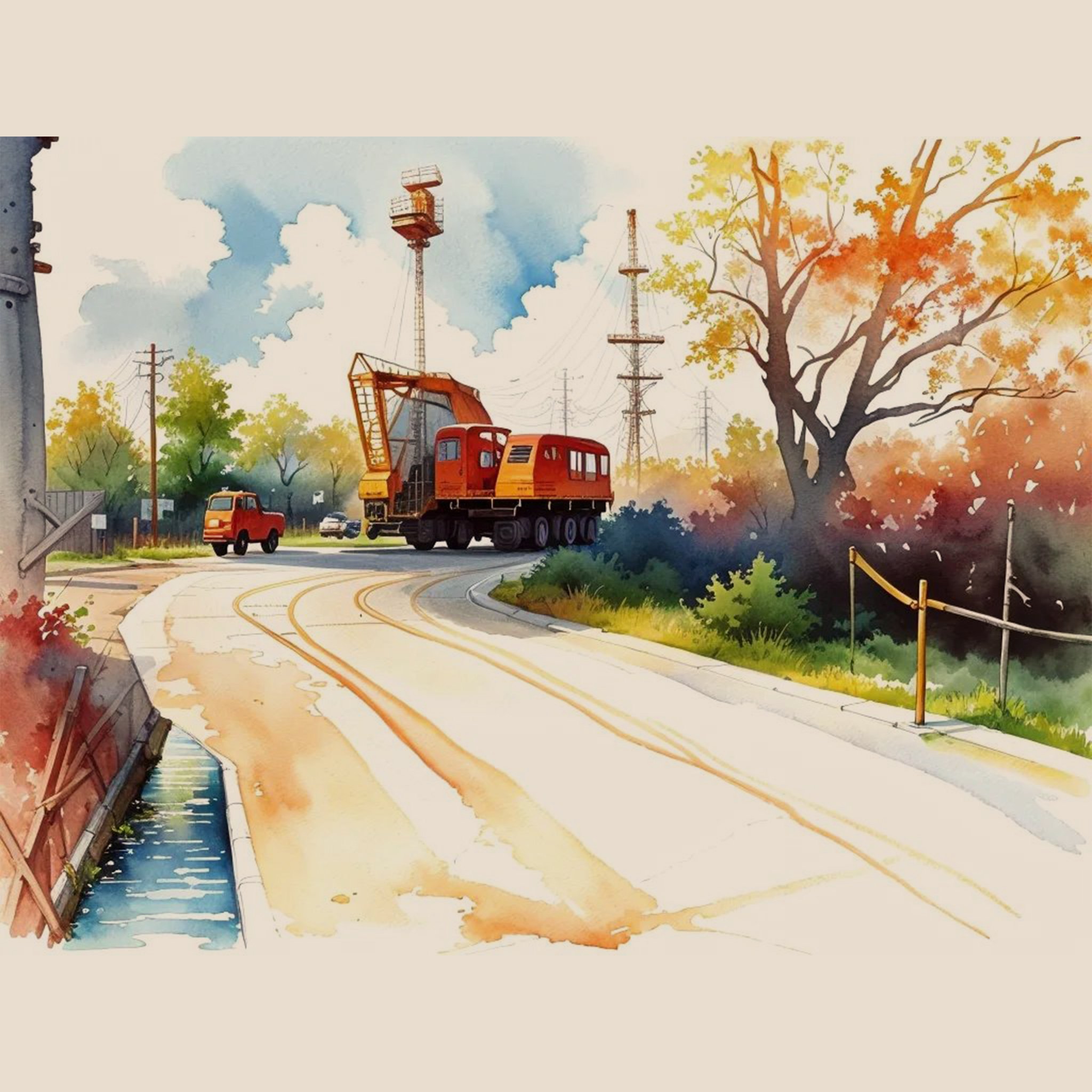
LOT CLEANUP COMPLETE
January 1st, 2025
US Army Corps of Engineers finishes lot cleanup. Cleanup took 5 days.
-
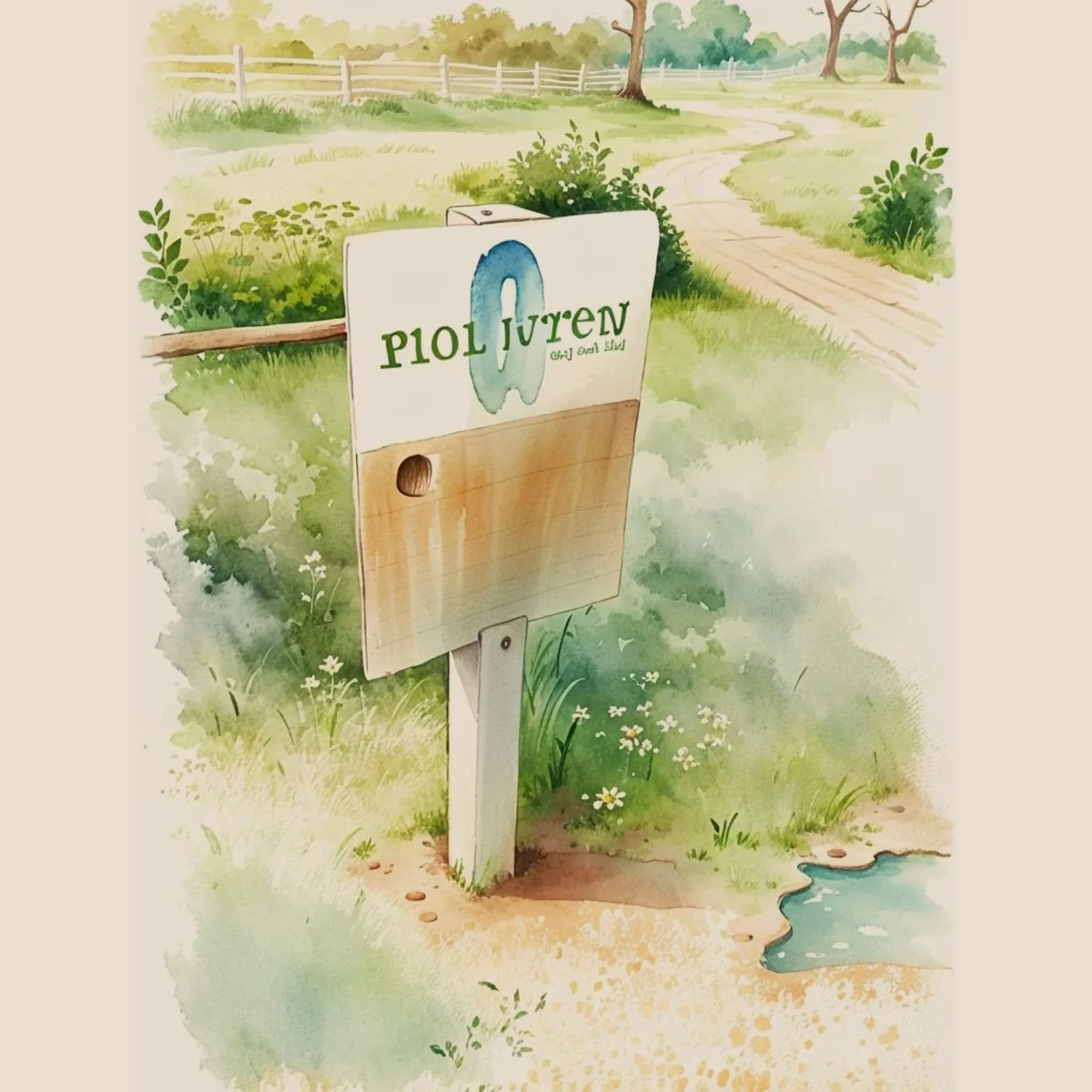
BLOCK CAPTAIN PROGRAM BEGINS
January 1st, 2025
Banners placed at entrances to neighborhoods for our block captain program.
-
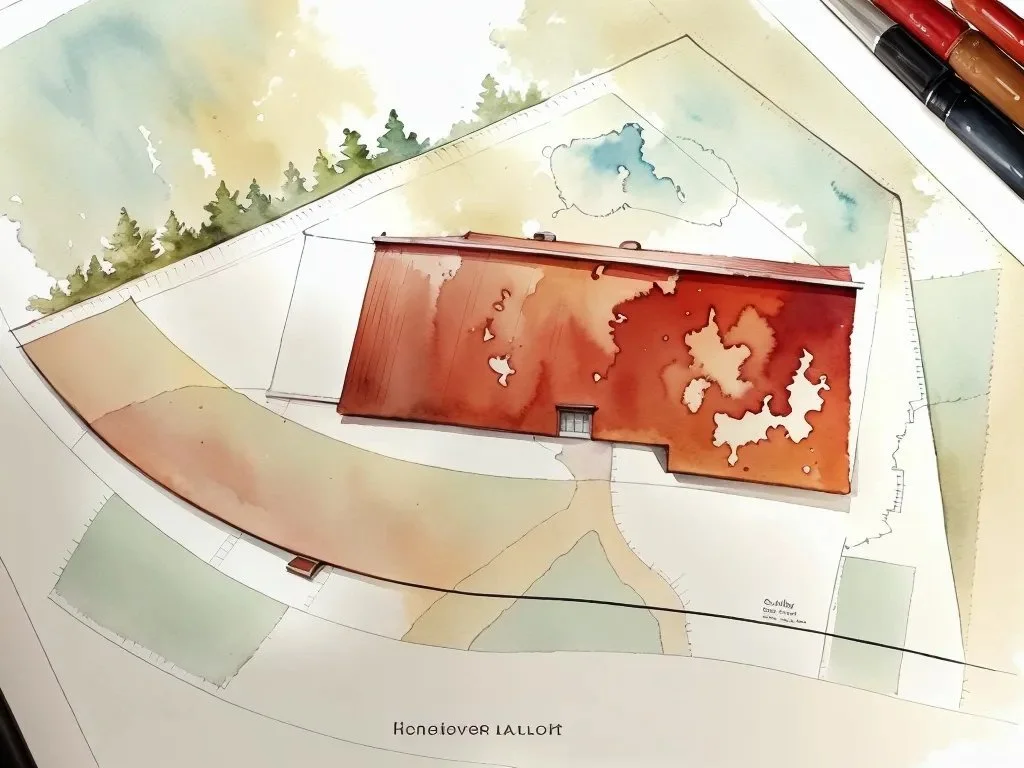
DESIGN & BUILD TEAM SELECTED
January 1st, 2025
We selected an architect and builder and began the design.
-
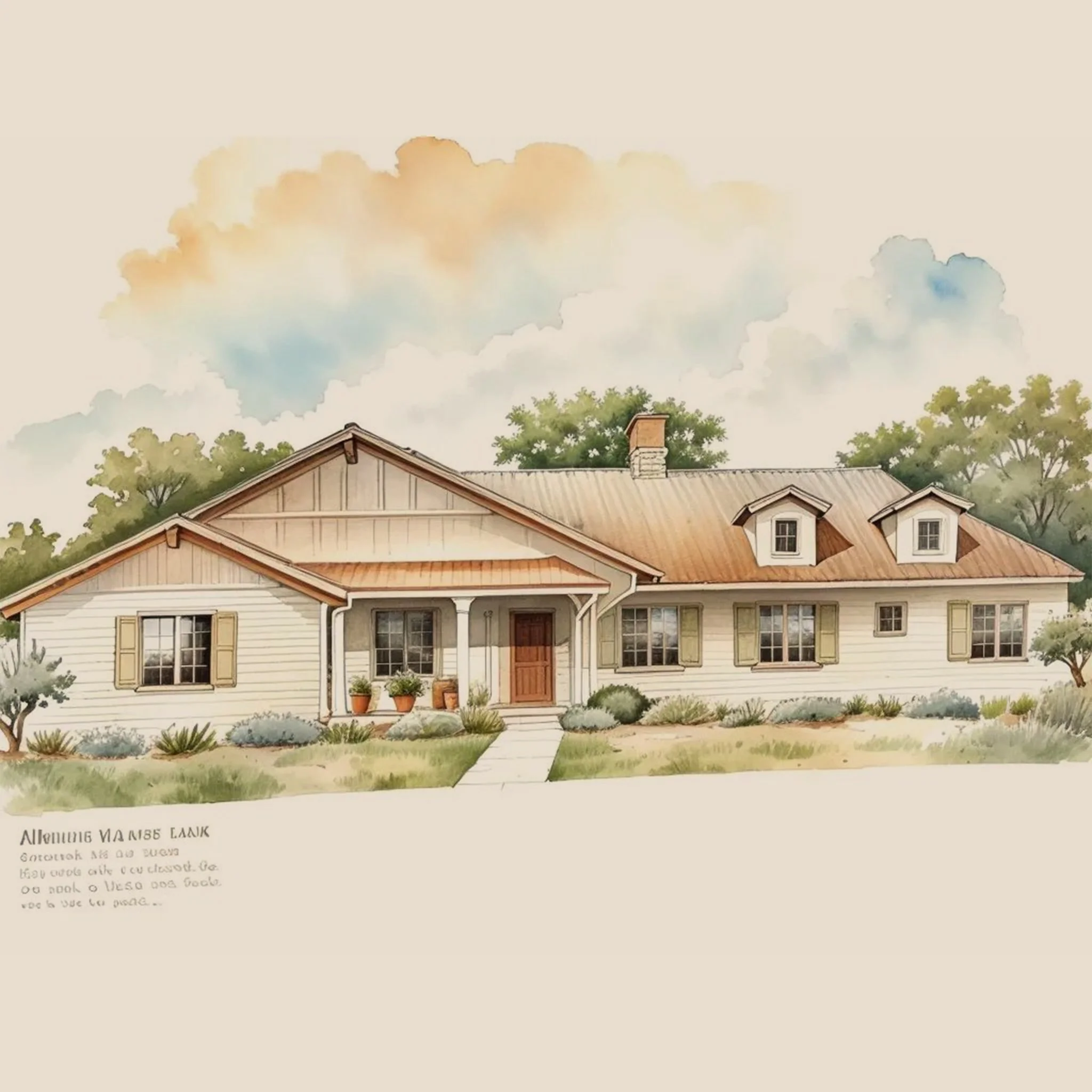
DESIGN COMPLETE
January 1st, 2025
We finalized our floorplans and finished the design of our rebuild. Design took 5 months to complete.
-
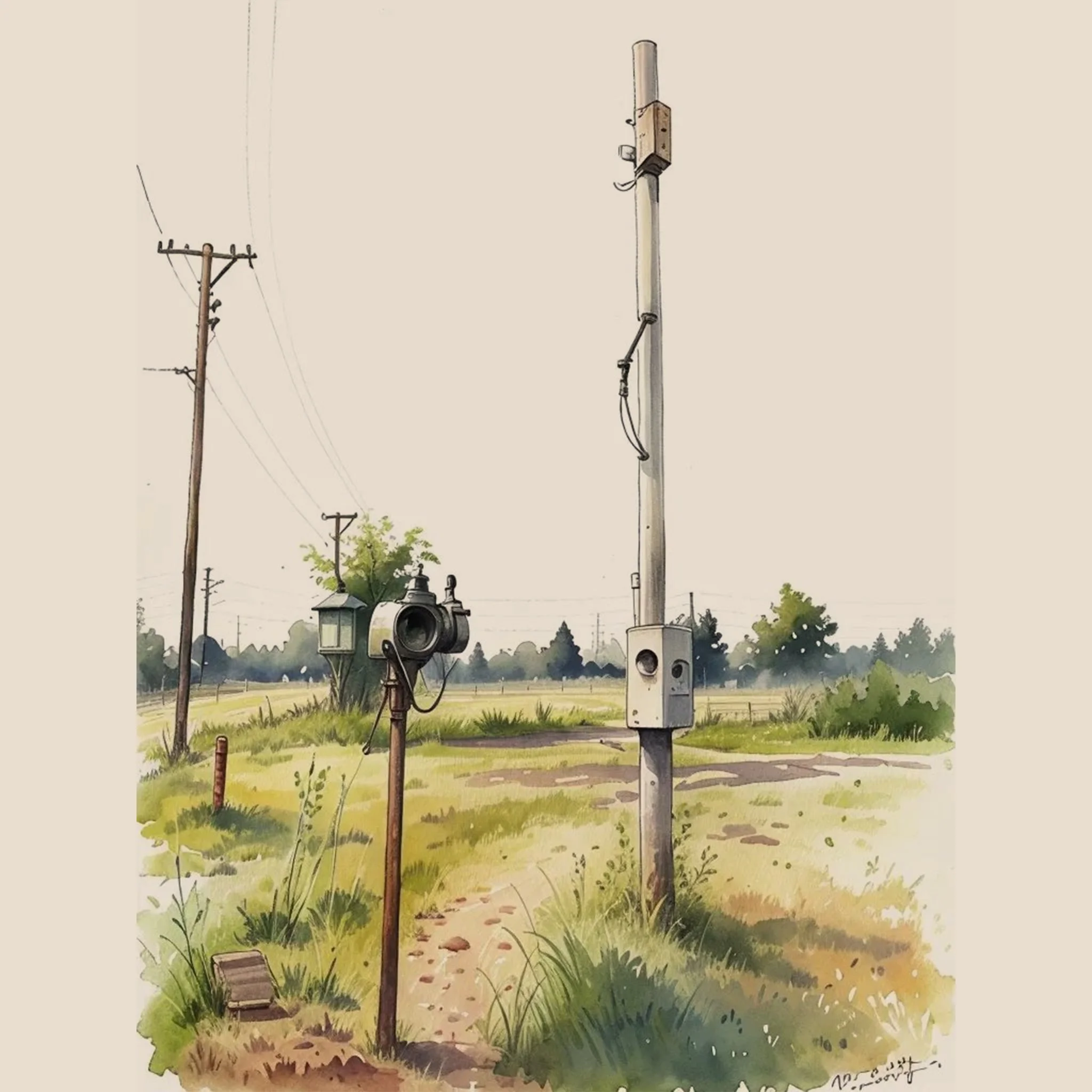
POWER REINSTALLED
January 1st, 2025
Power arrived on our lot.
-
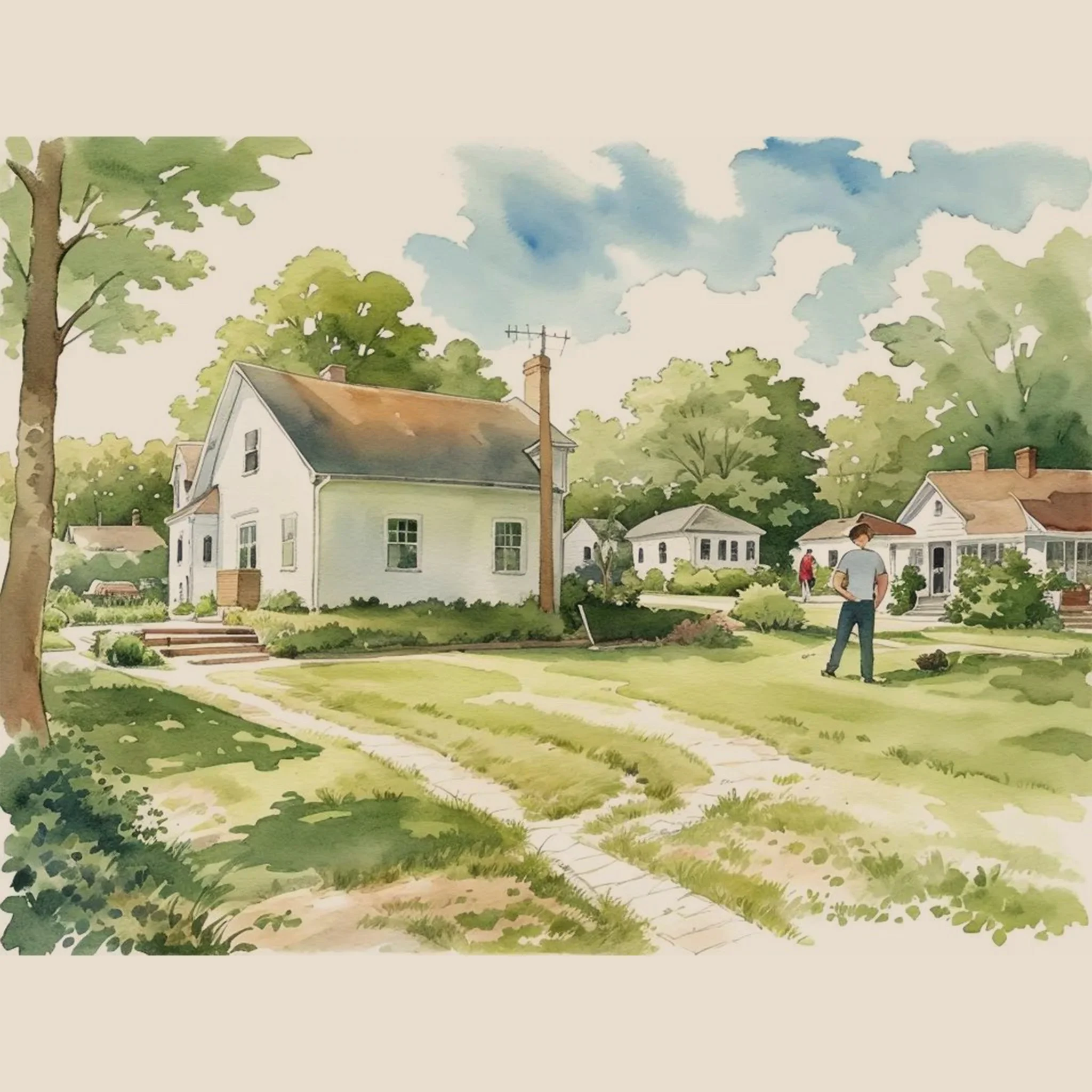
BLOCK REBUILD CELEBRATION
January 1st, 2025
Our block had a block rebuild party to celebrate.
-
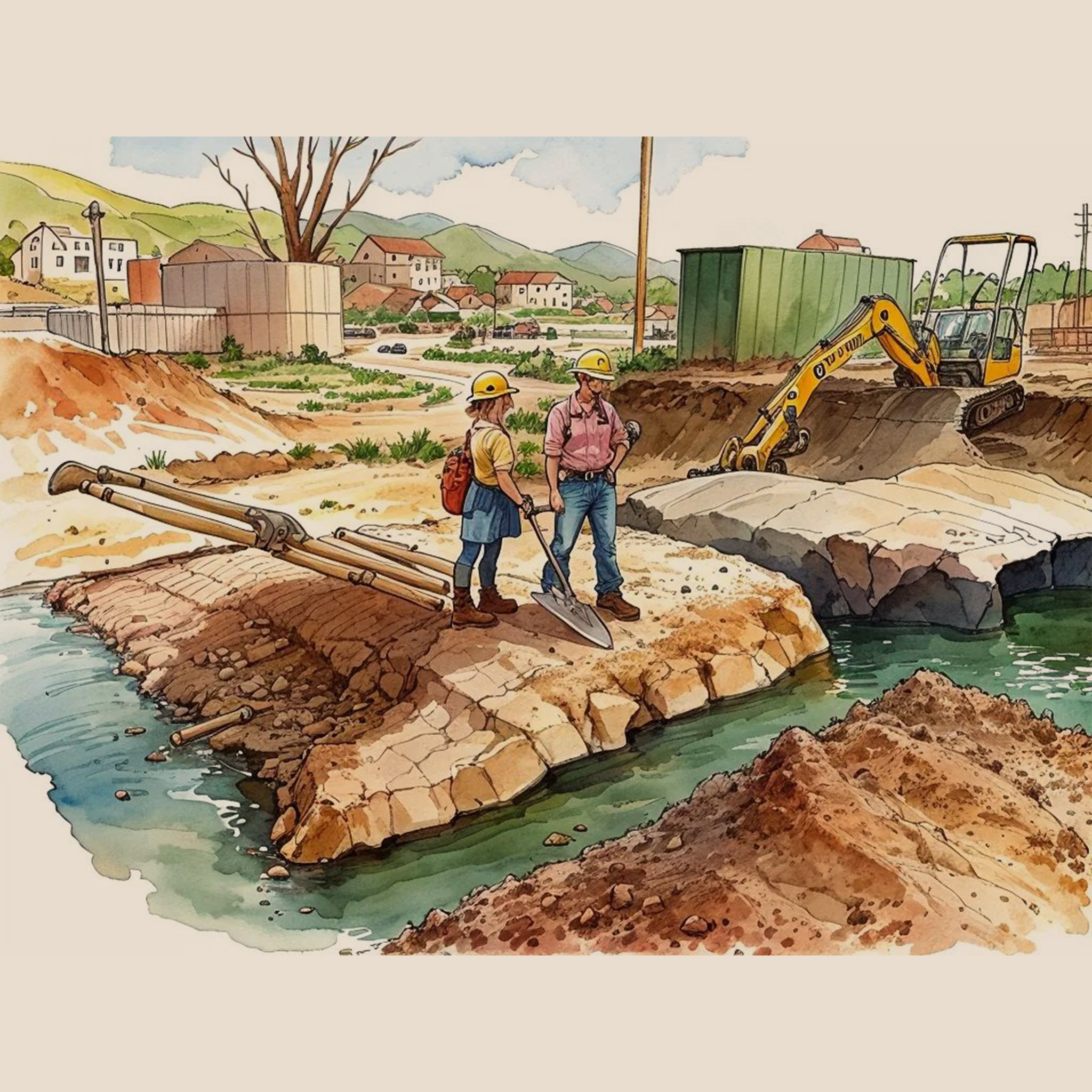
BREAKING GROUND
January 1st, 2025
We broke ground on the rebuild!
-
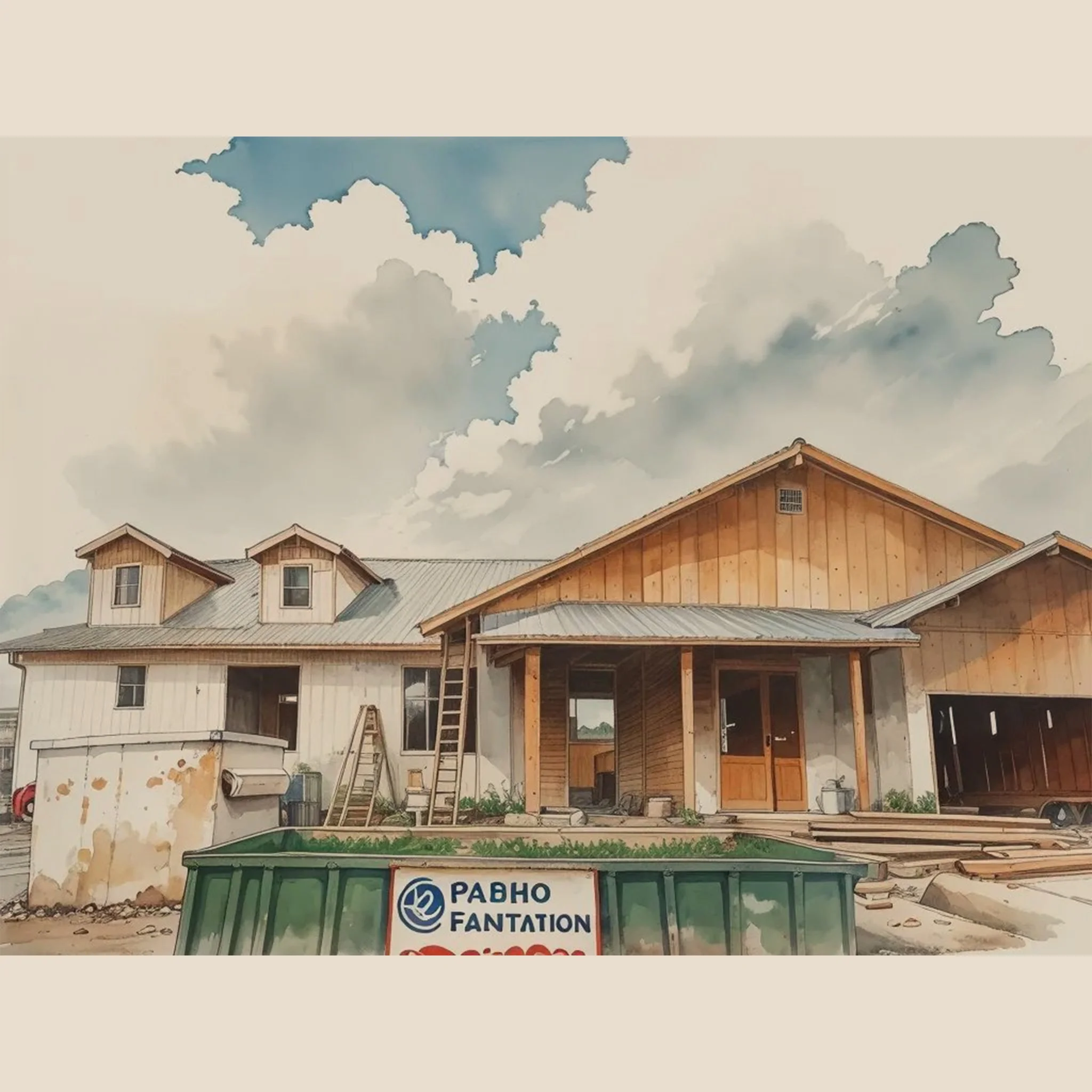
CONSTRUCTION PROGRESS
January 1st, 2025
Foundations, framing and roof are up.
-

INTERIOR DESIGN PROGRESS
January 1st, 2025
Picking out interior design options.
-

REBUILD COMPLETE
January 1st, 2025
-

COMMUNITY PROGRESS
January 1st, 2025
Progress on the neighbors rebuilds.
-
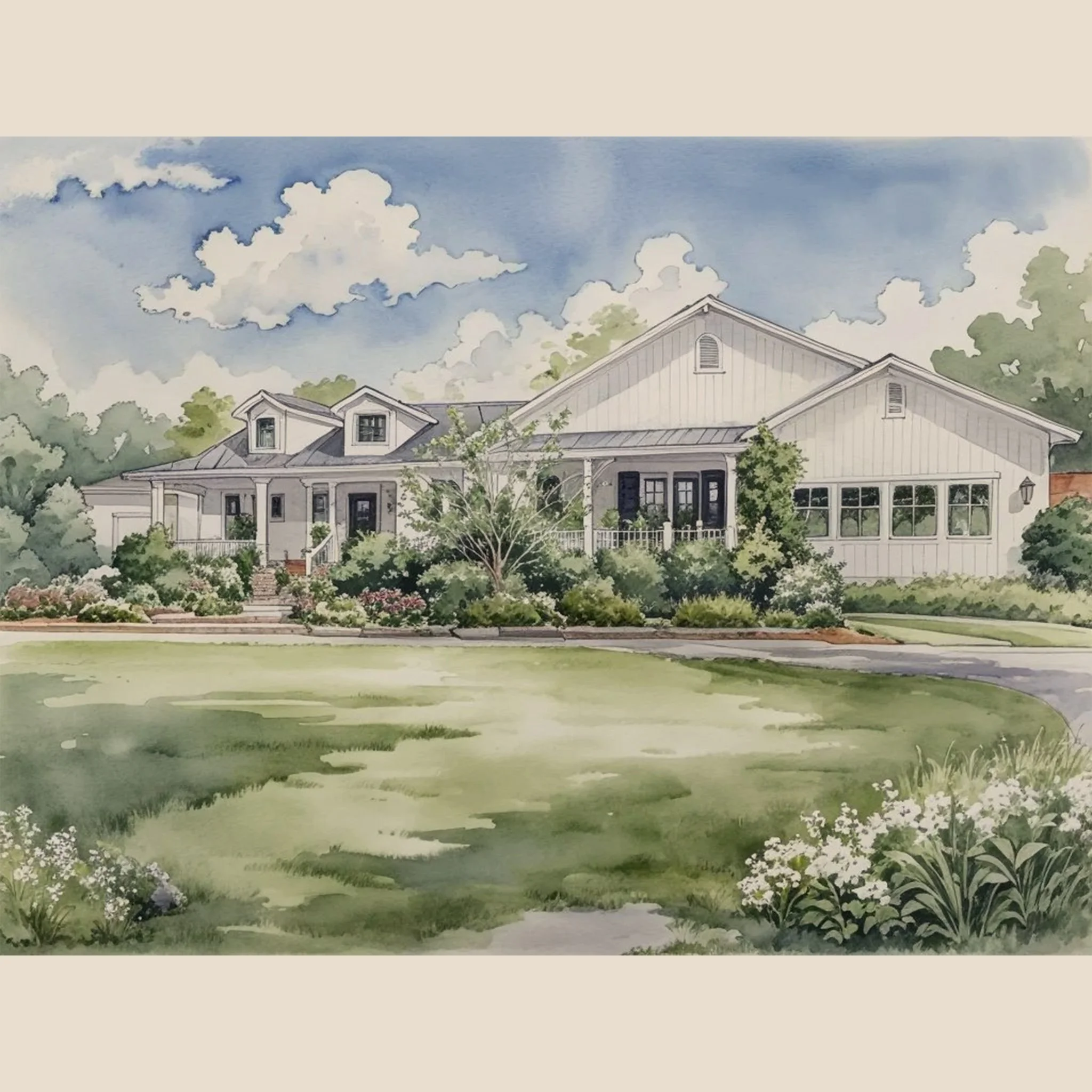
OUR HOME TODAY
January 1st, 2025
We’re glad we rebuilt. Happy to be finished and back home.
THE SMITH HOUSE LESSONS LEARNED
Feel free to email us if you would like to share your lessons learned: Help@HelpLARebuild.com
-
After our home was lost in the fire, the rebuilding process felt like navigating an entirely new world of challenges. One of the most difficult aspects was the emotional toll. Losing not just a structure but a lifetime of memories created a heavy burden of grief and anxiety. To navigate this, I reached out for professional counseling and joined local support groups, which helped me process my loss and regain the strength needed to move forward.
Another major hurdle was the insurance claims process. It was a maze of paperwork, policy details, and negotiations that I hadn’t anticipated. I spent a significant amount of time educating myself about my policy and even consulted with an independent claims advisor. This proactive approach allowed me to advocate effectively for my needs and avoid potential pitfalls.
Coordinating with contractors and local authorities was also incredibly challenging. From delays in permit approvals to unexpected issues with contractors, every step seemed to bring a new problem. I made sure to establish clear, frequent communication channels and maintained detailed records of all agreements and progress. Setting up regular meetings and having a trusted project manager helped keep the rebuilding process on track, despite the inevitable setbacks.
-
One of the most unexpected obstacles I encountered was the prolonged delay in obtaining permits and meeting ever-changing local building regulations. I initially assumed that rebuilding would be a straightforward process, but new safety codes and bureaucratic red tape meant I was constantly having to adjust my plans. To overcome this, I scheduled regular check-ins with the local building department and worked closely with a contractor who was experienced in navigating these complexities, which ultimately helped me keep the project on track.
Another challenge came in the form of material shortages. During the early stages of construction, I learned that certain key building materials were in short supply, which not only delayed the project but also drove up costs. I had to quickly reach out to multiple suppliers, compare prices, and sometimes even alter the design to use alternative materials without compromising quality.
Emotionally, the journey was just as challenging. While I was prepared for the sadness associated with losing my home, I wasn’t ready for the constant pressure of managing setbacks. I found that joining a support group and seeking professional counseling was essential. These resources provided not only comfort but also practical advice on coping with the stress and uncertainty inherent in such a transformative rebuilding process.
Overall, by staying proactive, maintaining open lines of communication with all parties involved, and seeking both professional and emotional support, I was able to navigate these unexpected obstacles and gradually move forward with rebuilding my home and life.
-
Allow Yourself to Grieve and Seek Emotional Support. Acknowledge the loss and give yourself time to process it. Engaging with a counselor or support group early on can provide the emotional stability you need to tackle the logistical challenges ahead.
Educate Yourself Early. Familiarize yourself with your insurance policy, local building codes, and the overall process of rebuilding. Understanding the fine print and your rights can prevent surprises later on. Consider consulting with an independent claims advisor or a knowledgeable contractor to help navigate the complexities.
Plan and Budget Thoroughly. Create a realistic budget that includes a contingency fund for unexpected expenses. Obtain multiple estimates from reputable contractors and keep detailed records of all communications and contracts. This level of organization can make it easier to manage changes and delays.
Build a Reliable Team. Choose professionals who are not only experienced but also communicate clearly and show empathy for your situation. A good team—including contractors, architects, and project managers—will be critical in helping you stay on track both emotionally and financially.
Take One Step at a Time. Rebuilding is a gradual process. Break the project into manageable stages and celebrate small victories along the way. This approach can help reduce overwhelm and maintain your motivation throughout the journey.
-
Be proactive with insurance. Understand every detail of your policy as soon as possible. I made sure to document all losses meticulously—photos, receipts, and detailed notes—which proved invaluable when filing claims. Consulting with an independent claims advisor also helped me navigate policy fine print and negotiate a fair settlement, preventing common pitfalls where insurers might undervalue your losses.
Due diligence is essential for choosing the right professional. When it came to hiring contractors, architects, or project managers, research was critical. I gathered multiple bids and scrutinized each professional’s track record by checking licenses, past projects, and client testimonials. Beyond just price, I valued clear communication and reliability. Trusting my instincts on who would be most transparent and responsive made a significant difference in keeping the project on schedule and within budget.
Establish clear communication and documentation. Whether dealing with insurers or professionals, keeping detailed records of all conversations and agreements helped avoid misunderstandings and kept everyone accountable. Regular check-ins and written confirmations of milestones were key to staying organized in a process that can otherwise feel overwhelming.
-
Rising Material Costs. I was caught off guard by a sudden spike in material prices due to supply chain issues. What was initially budgeted for lumber and fixtures ended up costing significantly more, forcing me to reallocate funds.
Hidden Structural Issues. Once demolition began, we discovered unexpected repairs needed for the foundation and other structural elements. These were costs I hadn’t anticipated and added a considerable amount to the overall expense.
Permit and Delay Expenses. Extended delays in obtaining permits not only pushed back the project timeline but also increased my expenses for temporary housing and storage. These indirect costs added up quickly.
-
Consulted with Experts. I partnered with an architect and builder experienced in fire-resistant construction. Their expertise helped us identify the previous home’s weak points and integrate advanced safety features from the start.
Upgraded Materials and Construction Techniques. We selected fire-resistant materials such as non-combustible roofing and treated exterior siding, and reinforced structural elements. This not only improved durability but also helped slow the spread of fire in case of another incident.
Enhanced Fire Detection and Suppression. I invested in a state-of-the-art fire detection system, including interconnected smoke alarms and heat sensors throughout the home. In addition, we installed a modern sprinkler system designed to activate quickly and help contain fires until help arrived.
Improved Layout and Egress Routes. The redesign included wider hallways and additional exits to ensure a safe, unobstructed escape during emergencies. I also paid special attention to the placement of exits in all living areas.
Collaboration with Local Authorities. I engaged with local fire departments and building inspectors early in the design process to ensure that the new plans not only met but exceeded current safety codes and standards.
-
Establish Clear, Regular Communication. Set up scheduled meetings and use written documentation (emails, meeting minutes) to keep everyone aligned.
Do Your Research and Vet Your Team. Take time to thoroughly check references, past projects, and credentials of contractors and architects before hiring.
Document Everything. Maintain a detailed record of all agreements, changes, and decisions to avoid disputes and ensure accountability.
Engage Early with Local Authorities. Reach out to building inspectors and regulatory bodies during the planning phase to understand requirements and streamline the permitting process.
Foster a Collaborative Environment. Treat your contractors, architects, and local officials as partners. Encourage open feedback and a team-oriented approach to problem-solving.
Be Patient but Persistent. Recognize that delays and obstacles are part of the process, and stay calm while pushing for timely resolutions.
-
Earlier Expert Engagement. I would have reached out to contractors, architects, and local authorities sooner in the planning process. This proactive engagement could have clarified building codes and permit requirements from the start, reducing unexpected delays.
Enhanced Budget Flexibility. While I did set aside a contingency fund, the unexpected expenses—like rising material costs and hidden structural issues—were still challenging. In hindsight, I would have built in an even larger financial buffer and closely monitored market trends to anticipate fluctuations.
Thorough Vetting of Professionals. Although I eventually found a reliable team, I learned that spending extra time to vet professionals with specific experience in post-disaster rebuilds is crucial. A more rigorous selection process might have minimized miscommunications and streamlined decision-making.
Prioritizing Emotional Well-being Early. The emotional toll of rebuilding was immense. I wish I had sought counseling and support sooner, allowing me to cope better with the stress and uncertainty throughout the process.
Incorporating Future-Proof Design Elements. I would have invested more effort in designing a home that not only addressed past vulnerabilities but also incorporated the latest safety and sustainability features. This might have helped in creating a more resilient home and potentially reducing long-term costs, such as lower insurance premiums.
-
Government Aid. Programs like FEMA provided essential financial assistance and temporary housing support right after the fire. These resources not only helped stabilize my immediate situation but also offered guidance on navigating the complex process of rebuilding.
Community Programs. Local community centers and non-profit organizations hosted workshops and seminars on topics such as insurance claims, permits, and contractor selection. These sessions were invaluable in demystifying the rebuilding process. Additionally, local support groups offered both practical advice and much-needed emotional support, connecting me with neighbors who had faced similar challenges.
Online Forums and Social Media Groups. Joining online communities dedicated to disaster recovery connected me with a broader network of individuals who had rebuilt after similar losses. These platforms were a treasure trove of practical tips—from recommendations for reliable contractors to advice on dealing with unexpected costs. The shared experiences and encouragement from these groups helped me feel less isolated during a very challenging time.
